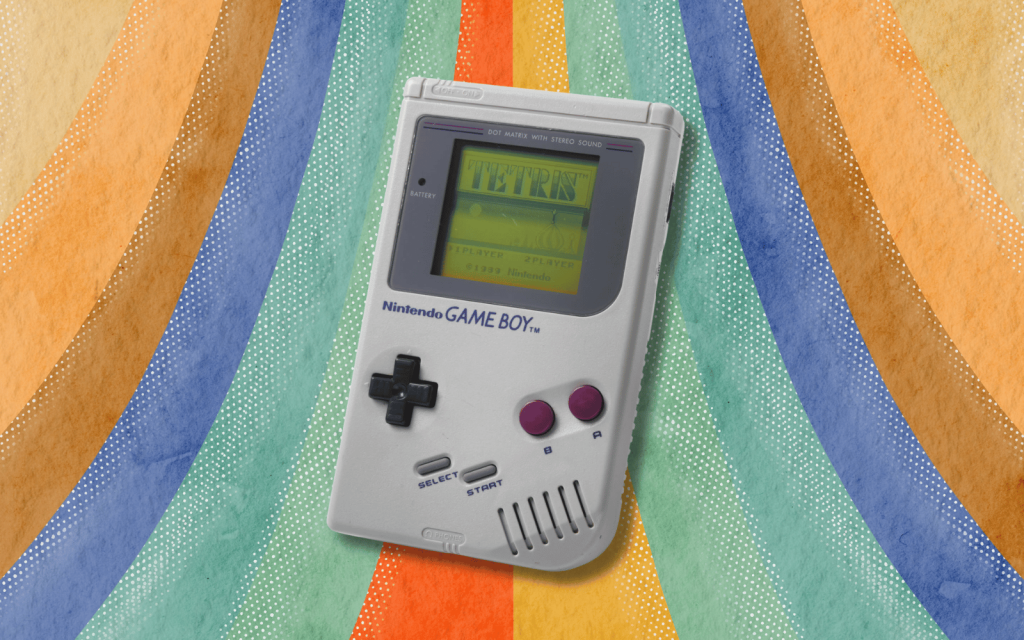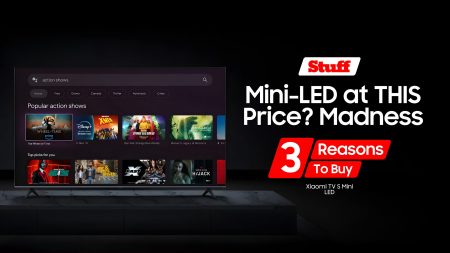Oh look, everyone’s top retro handheld. As long as they like green. And motion blur.
It’s easy to scoff at the Game Boy’s dot-matrix display, with its four shades of murk and visible ghosting. And yes, next to the Sega Game Gear and Atari Lynx, the lack of colour – and clarity – was stark. But while falling short in terms of visual clout, the Game Boy excelled where it mattered and quickly became a handheld for the masses. It didn’t munch through batteries; it was affordable and light; and most importantly, it had those stellar titles that you really wanted to play.
So what you’re saying is that it was mostly all about the games, boy?
Don’t do that. But… yes. Super Mario Land did enough to set itself apart from its NES forebear, with innovations such as shooting levels with forced scrolling. And then there was Tetris, whose endlessly replayable Game Boy incarnation is still considered definitive. It was bundled with millions of them, sucking in a much larger demographic than the Lynx’s dated sports sim California Games. And you could even link two consoles together for head-to-head action, whereupon Mario and Luigi would guest-star. Nice.
Sounds like these titles turned the Game Boy into a real… game-changer!
Don’t do that either. It wasn’t the first – the Microvision did ‘handheld with cartridges’ a decade earlier – and it didn’t pack the most advanced hardware. But the Game Boy clicked with the public: it was approachable, the impressive battery life lets you dig deep into RPGs, and it was the birthplace of Pokémon and Kirby. In short, it prioritised fun over shiny tech – a lesson that others would do well to heed… and one that Nintendo has kept alive through to the Switch, which in many ways feels like the Game Boy’s spiritual successor.




